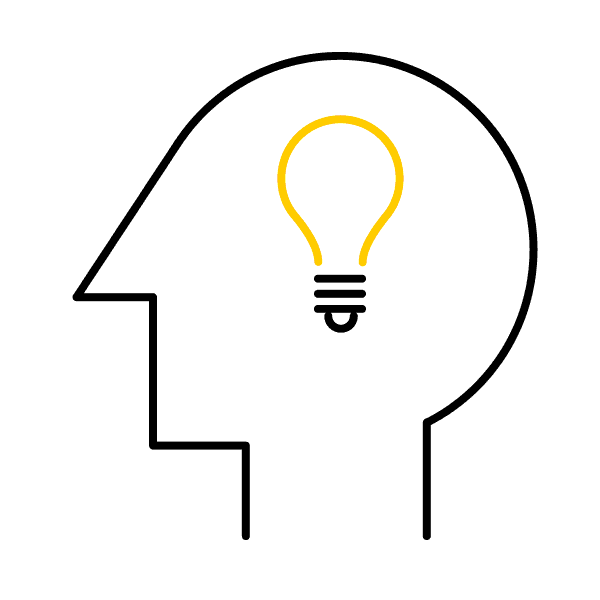At a glance
- Whether it’s your first time drawing up a financial plan for yourself or you want to update your annual plan for the New Year, creating a clear overview of your finances is always a good resolution – and the perfect time to do it is now.
- A budget plan lets you keep your finances in check and discover any potential areas to save on your household costs.
- With a budget planner you can easily set up your budget and adjust and optimize it throughout the year as necessary.
In addition to budgeting, having the right account is crucial. The banking package advisory tool shows you which one is right for you.



